Nature’s Underwater Gardeners: 10 Sea Creatures That Farm Their Own Food
Some sea creatures have mastered farming beneath the waves, cultivating their own food for survival. From damselfish that grow algae gardens to sea sponges hosting bacteria farms, these 10 species demonstrate remarkable underwater agriculture. Yeti crabs use their hairy claws to farm bacteria, while leafcutter ants of the sea nurture fungi. These 10 fascinating marine farmers, including species like pearlfish and some shrimps, carefully tend, harvest, and protect their food sources, showcasing unique behaviors rarely seen in ocean life.
Damselfish

Damselfish
Their location is Coral reefs (Tropics) and their Farming Style is Algae Farming. Damselfish cultivate algae gardens on coral or rocks. They aggressively defend their territory from other fish and even remove unwanted types of algae (“weeding”) to allow only their preferred, nutritious algae to flourish. Some species even bite coral to help new algae grow.
Yeti Crab (Kiwa hirsuta)
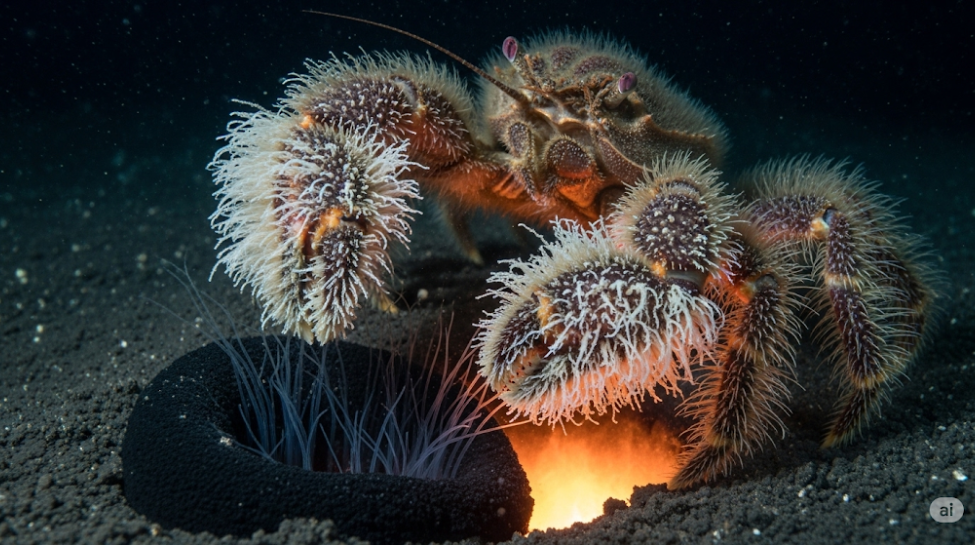)
Yeti Crab (Kiwa hirsuta)
Their location is in deep-sea hydrothermal vents and the farming style is Bacteria Farming. This crab has hairy claws covered in filamentous bacteria. It “farms” these bacteria by waving its claws near mineral-rich vent waters, providing nutrients for bacterial growth. The crab then eats the bacteria growing on its claws as its primary food source.
Sponge (Certain Species)
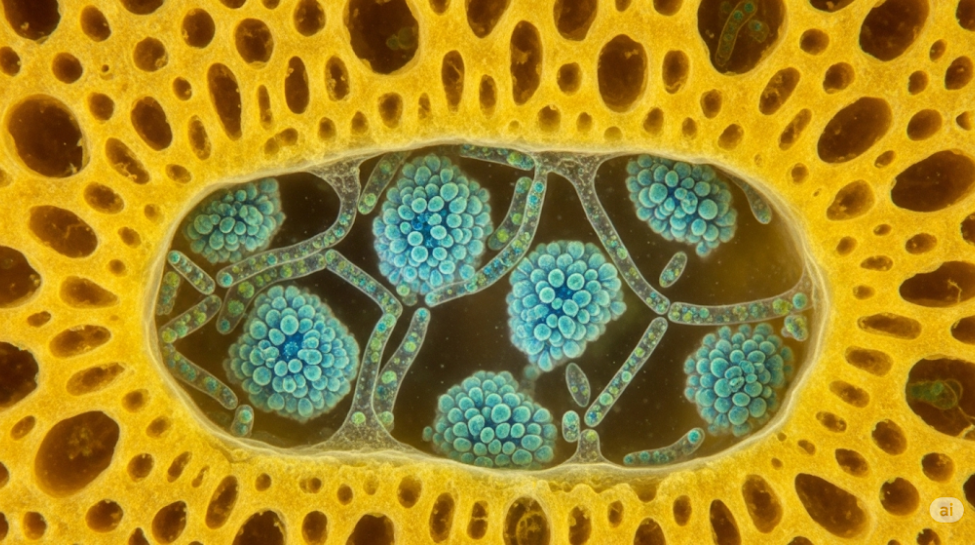)
Sponge (Certain Species)
Their location is Coral reefs and seabeds and farming style is symbiotic Farming with Microbes. Some sponges harbor specific symbiotic bacteria and cyanobacteria inside their tissues. These microbes photosynthesize or process dissolved compounds, providing food for the sponge, while the sponge offers protection and a steady flow of water for nutrient exchange.
Coral (Reef-building Corals, e.g., Staghorn Coral)
)
Coral (Reef-building Corals, e.g., Staghorn Coral)
Their location is Shallow Tropical Seas and Farming Style is Symbiotic Zooxanthellae Farming. Corals farm microscopic algae called zooxanthellae inside their tissues. The algae photosynthesize, producing sugars for the coral, while the coral provides nutrients and protection in return. Corals can even regulate the algae’s growth.
Sea Slugs (Sacoglossan Sea Slugs / “Solar-Powered” Slugs)
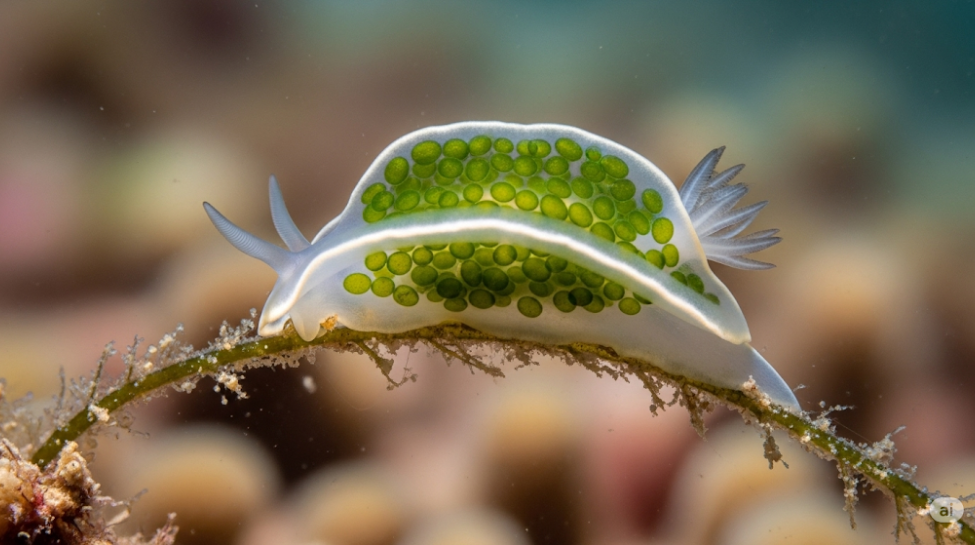)
Sea Slugs (Sacoglossan Sea Slugs / “Solar-Powered” Slugs)
Their location is Shallow Waters (Seagrass Beds & Reefs) and the Farming Style is Kleptoplasty (Algae Farming Inside Body). These slugs consume algae and retain the algae’s chloroplasts within their tissues. The stolen chloroplasts continue to photosynthesize inside the slug’s body, producing food for the slug for weeks or months—a unique form of farming called kleptoplasty.
Bone-eating Worms (Osedax Worms)
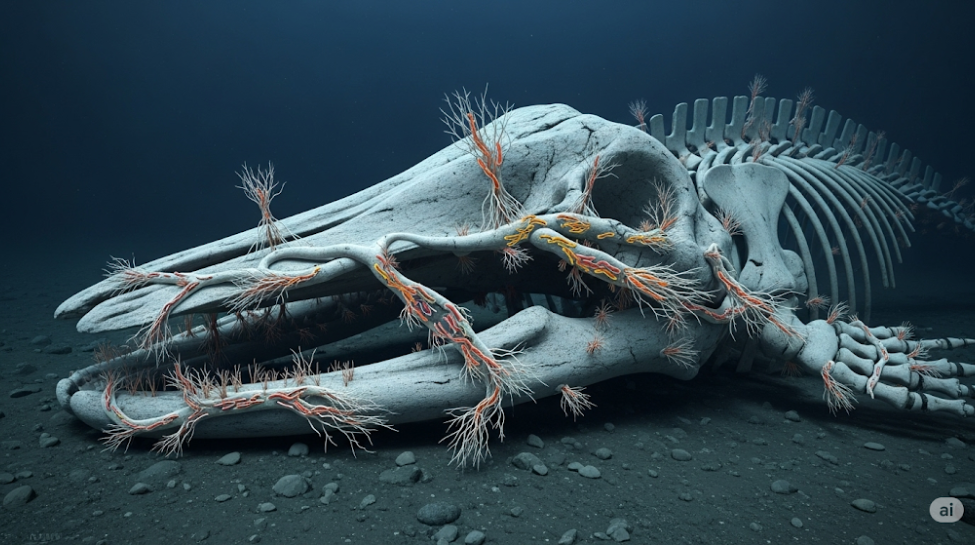)
Bone-eating Worms (Osedax Worms)
Their location is Deep-sea Whale Falls and Farming Style is Symbiotic Bacterial Farming. These worms colonize whale bones on the seafloor. They lack a digestive system and instead farm symbiotic bacteria in their root-like structures, which break down fats and oils from the bones and convert them into nutrients for the worm.
Shipworms (Teredinidae - Wood-boring Clams)
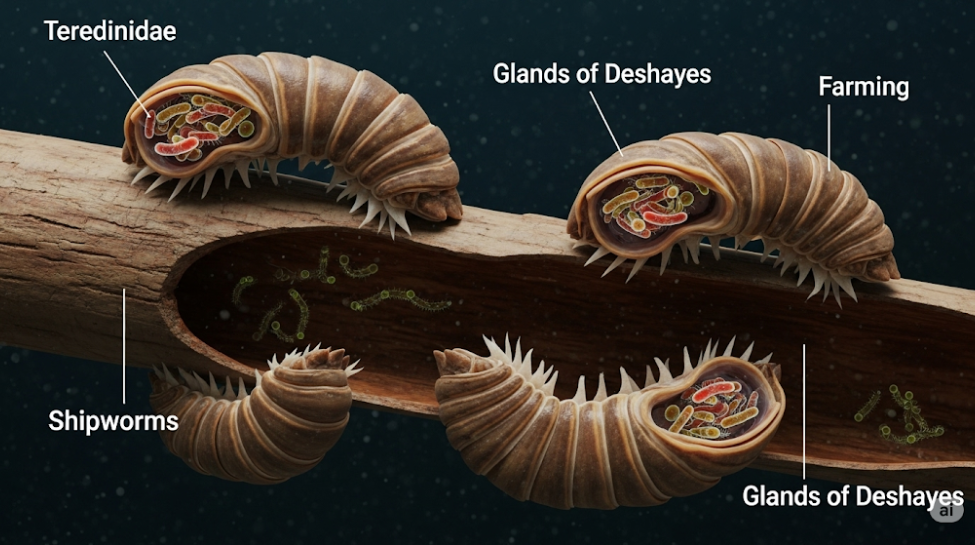)
Shipworms (Teredinidae - Wood-boring Clams)
Their location is coastal Seas, Mangroves and their Farming Style is symbiotic Bacterial Farming in Wood. Shipworms bore into submerged wood and house bacteria in special organs called “glands of Deshayes.” These bacteria digest cellulose in the wood, producing nutrients that the shipworm absorbs—a form of farming within their bodies.
Sea Anemones (Certain Species, e.g., Green Surf Anemone)
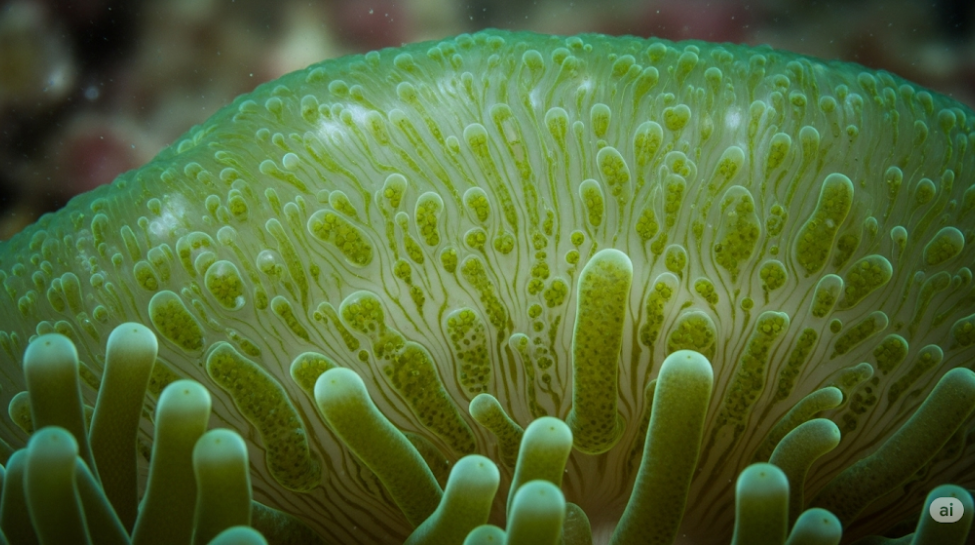)
Sea Anemones (Certain Species, e.g., Green Surf Anemone)
Their location is in coastal Tidal Zones and their farming Style is Symbiotic Algae Farming. Some anemones farm photosynthetic algae (zooxanthellae) in their tissues. The algae provide energy through photosynthesis, while the anemone offers nutrients and protection. They also catch prey for extra food but rely heavily on this farming.
Marsh Snails (Littoraria irrorata - Periwinkle Snail)
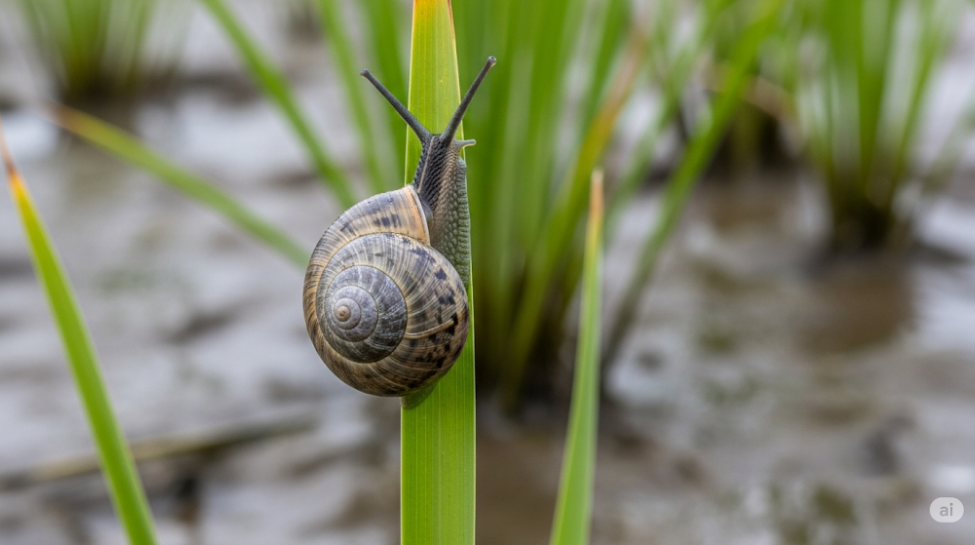)
Marsh Snails (Littoraria irrorata - Periwinkle Snail)
Their location is in salt marshes (Western Atlantic) and farming style is fungal farming. These snails scrape holes in marsh grasses, which then get infected by fungi. The snails return later to feed on the fungi they helped cultivate—a rare case of fungus farming in the ocean’s edge habitats.
Antarctic Icefish (Certain Species, e.g., Chionodraco)
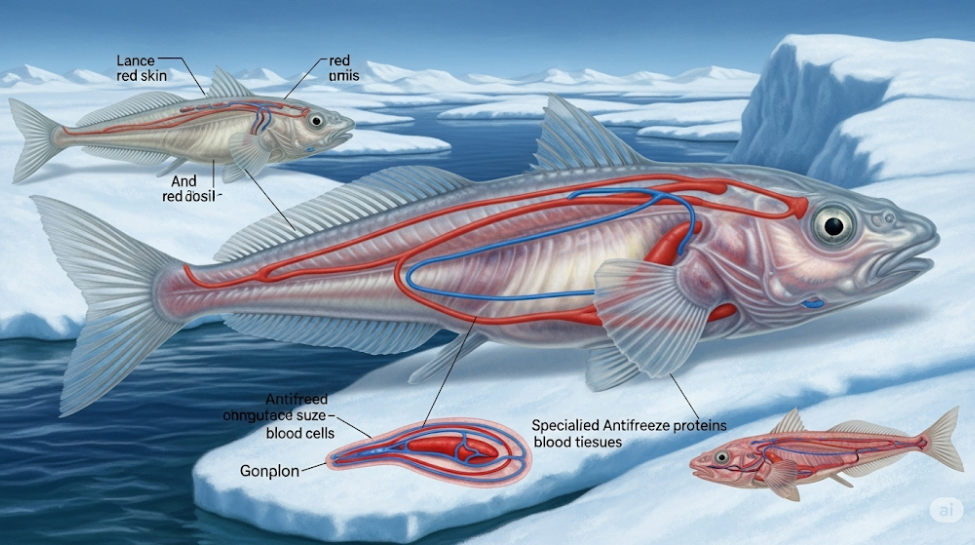)
Antarctic Icefish (Certain Species, e.g., Chionodraco)
They are found in Antarctic Waters and their farming style is microbial Nitrogen Cycling (Symbiosis) While less obvious than others, some Antarctic fish host specific bacteria in their guts or gills that assist in nutrient cycling under extreme conditions. These bacteria help break down nitrogenous waste and aid in digestion, effectively “farming” microbes for survival.
Trending Photos



)
)
)
)
)
